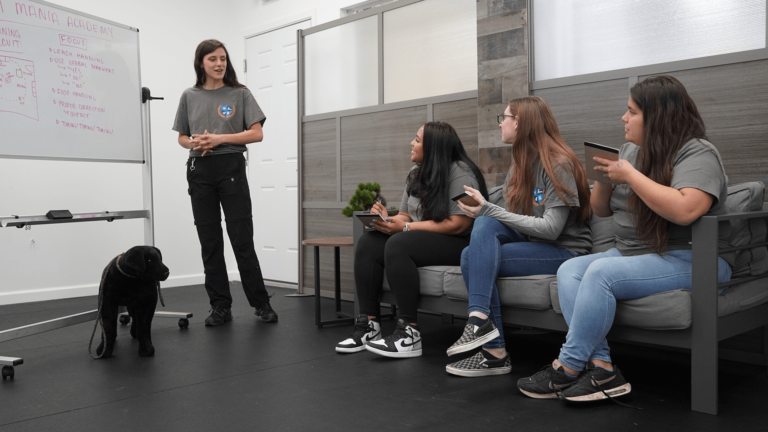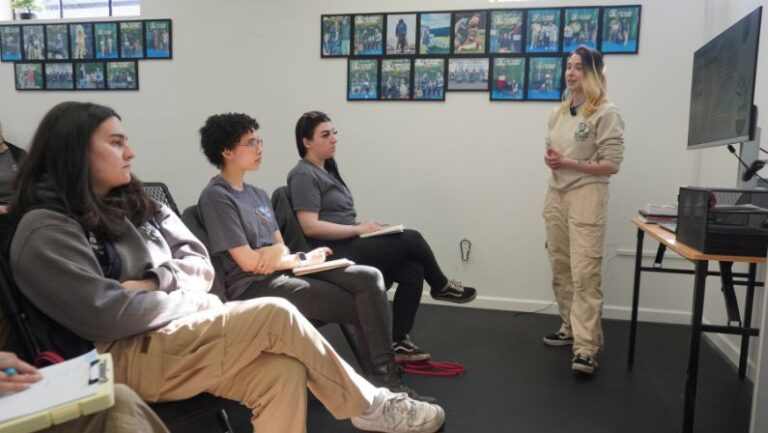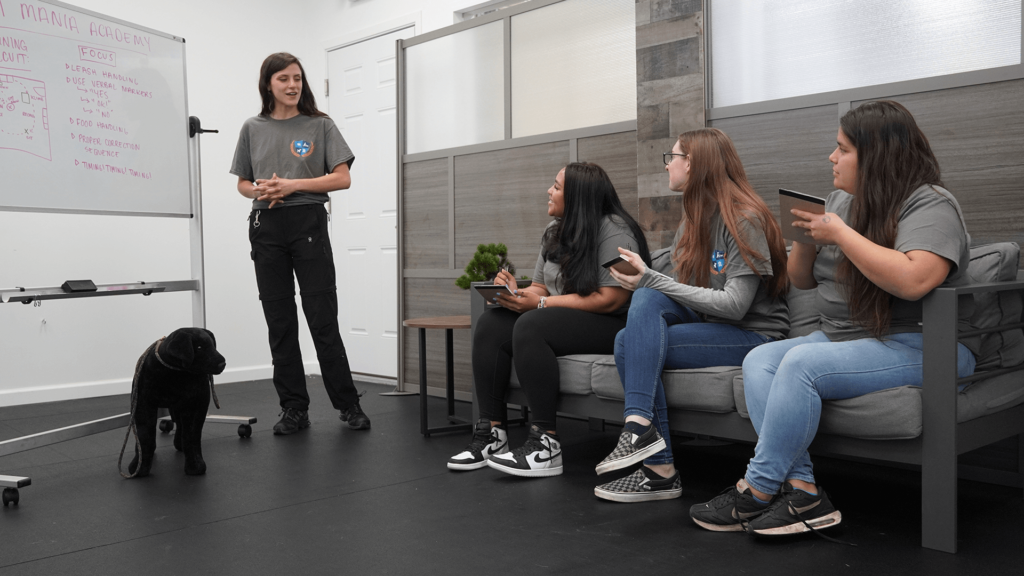
The skill of interpreting canine language is vital for anyone involved in dog training. Dogs communicate their emotions, intentions, and needs through a complex language of body language, vocalizations, and behavior. Becoming fluent in this language enhances dog training, ensures better responses from your dog, and deepens the emotional bond between you and your dog.
This blog will guide you through the key aspects of dog language and provide actionable advice to help you communicate more effectively with your dog.

The Importance of Understanding Dog Language for Training
Understanding the Basics of Dog Language
1. Body Posture
- Relaxed Stance: This indicates your dog is comfortable, showcasing a positive emotional state.
- Stiffened Body: This suggests alertness and possible discomfort, indicating that your dog is preparing for what may come next.
- Bowing (“Play Bow”): This is a playful posture where the front is down and the back is up, signaling a friendly intention and desire to engage.
2. Tail Position and Movement
- Wagging Relaxed Tail: This is a general expression of a happy dog, suggesting a positive response.
- Tail Tucked Under: This reflects fear or submission, indicating a distressed emotional state.
- Stiffly Raised Tail: This denotes alertness or dominance, influencing how your dog responds to others.
3. Facial Expressions
- Relaxed Mouth and Face: This shows that your dog is calm and content.
- Bared Teeth with a Snarl: This is a warning that may indicate aggression or fear, and it is essential for assessing your dog’s emotional state.
- Yawning or Licking Lips: These are common signs of anxiety, which are useful for trainers to recognize stress.
4. Vocalizations
- Barking: This can vary from excitement to stress, which is important for understanding how to respond.
- Whining: This is typically a signal of discomfort or need for attention..
- Growling: This is a crucial warning of discomfort or threat, which is important for safety and effective training.
5. Eye Contact
- Soft Eyes: Characterized by relaxed eyelids and a gentle gaze, this conveys a sense of friendliness or submission. This subtle expression is crucial for gauging the dog’s mood and emotional state during interactions with humans and other dogs.
- Hard Stare: Often accompanied by a rigid body posture and tense facial expression, this is a sign of challenge or threat, indicating potential conflicts.
- Avoidance of Eye Contact: This indicates a desire to avoid confrontation, reflecting a submissive or fearful state.
6. Ear Position
- Ears Up and Forward: This shows interest, which helps dog trainers understand when a dog is engaged.
- Ears Flat or Back: This behavior signals a state of fear or anxiety, providing valuable insight into their emotional state. Recognizing this body language is critical for assessing the dog’s stress levels and addressing any potential triggers or sources of discomfort.
7. Play Signals
- Playful Gestures and Noises: These behaviors, like barking and paw swats, are essential for teaching dogs appropriate play behaviors. Mimicking natural canine interactions, these gestures help dogs learn essential social skills such as turn-taking and appropriate play intensity, contributing to their overall social development.
- Pausing Mid-Play: This ensures that both dogs engage consensually, reflecting effective communication during their interactions. This momentary break allows them to assess each other’s comfort levels, fostering mutual respect and understanding.
Tips for Becoming Fluent in Dog Language
Improving your fluency in dog language involves keen observation and practical experience. Here are some effective ways to enhance your dog training skills:
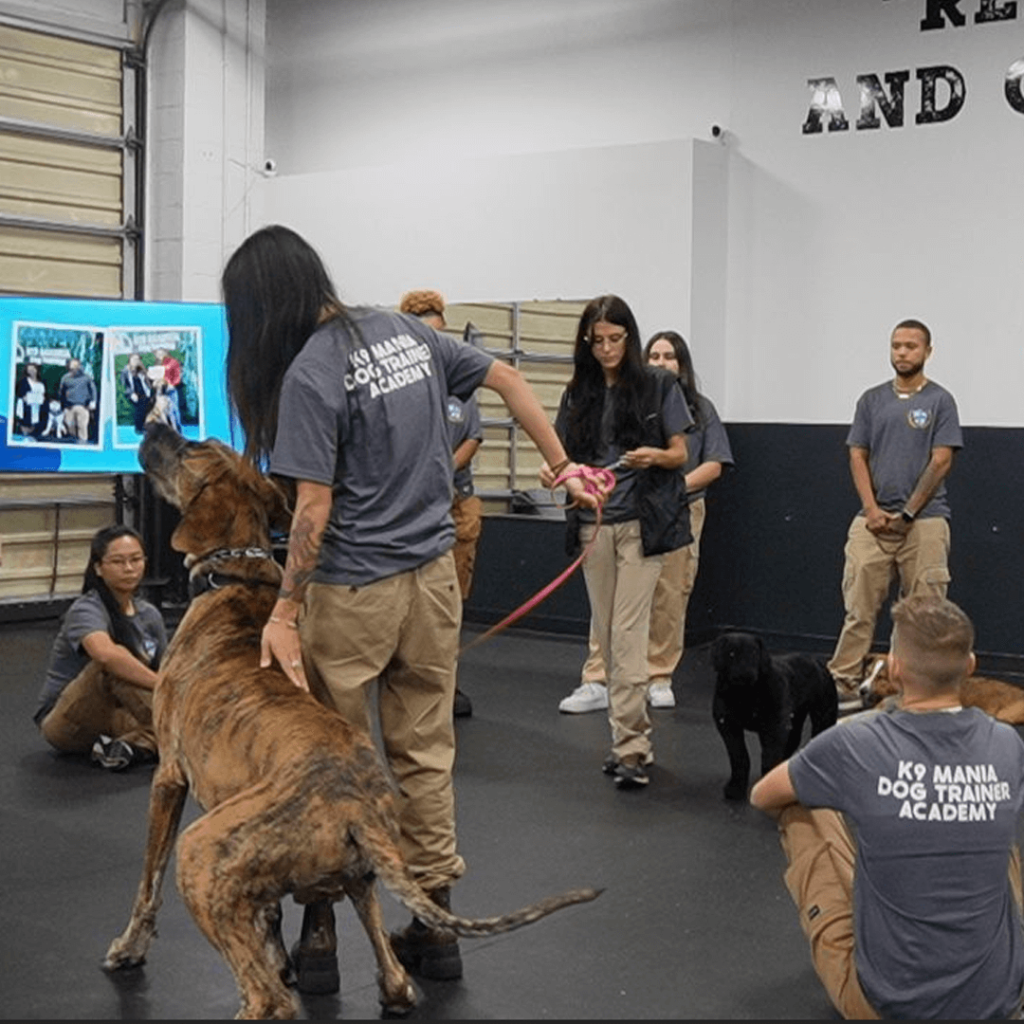
Observe Other Dogs Interacting
Observing other dogs interact is essential for understanding canine communication. Watching them in social settings reveals how they use body language, vocalizations, and play signals to communicate. This practice helps you recognize patterns in their behavior, enhancing your ability to interpret and respond to your own dog’s actions effectively.
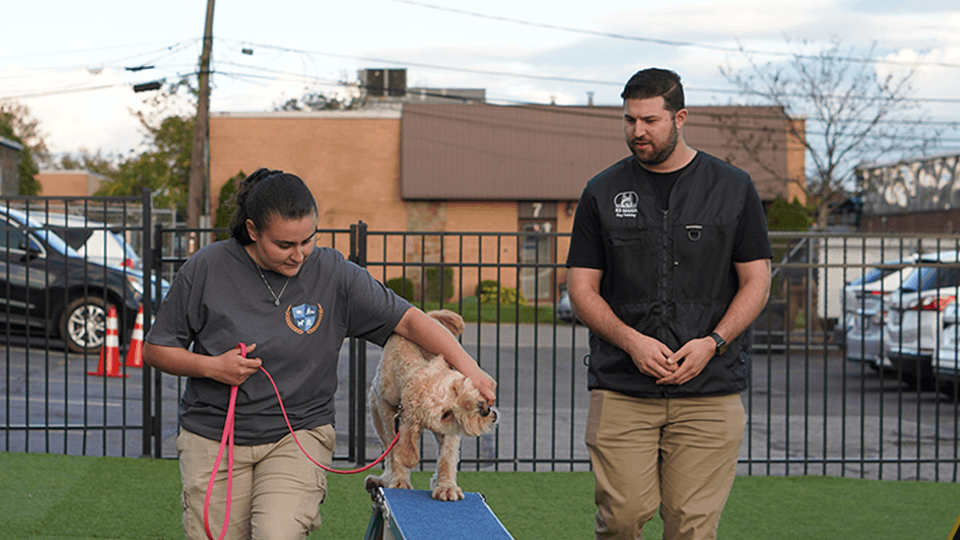
Pay Close Attention to Your Dog's Behavior in Different Situations
Paying close attention to your dog’s behavior in various settings is crucial for understanding their needs and preferences. Observing their reactions helps identify stress triggers and comfortable environments, allowing you to tailor your training methods effectively. This attentive monitoring enhances your ability to support and strengthen your bond with your dog.

Online Resources and Dog Training Classes
Online resources and dog training classes are essential tools for anyone aiming to enhance their dog training skills. These platforms offer a range of materials, including detailed video tutorials, comprehensive articles, and expert-led classes that cover various aspects of dog behavior and training techniques.
K9 Mania Dog Trainer Academy provides a wealth of resources and classes taught by expert dog trainers. These offerings include video tutorials, articles, webinars, and hands-on training sessions that cover a wide range of topics, from basic obedience to advanced behavioral modification. K9 Mania’s programs are tailored to meet your unique training needs, whatever they may be.
Accessing these resources can significantly improve your understanding of dog psychology and training techniques, making them indispensable for anyone committed to teaching dogs effectively and building a stronger relationship through better communication.
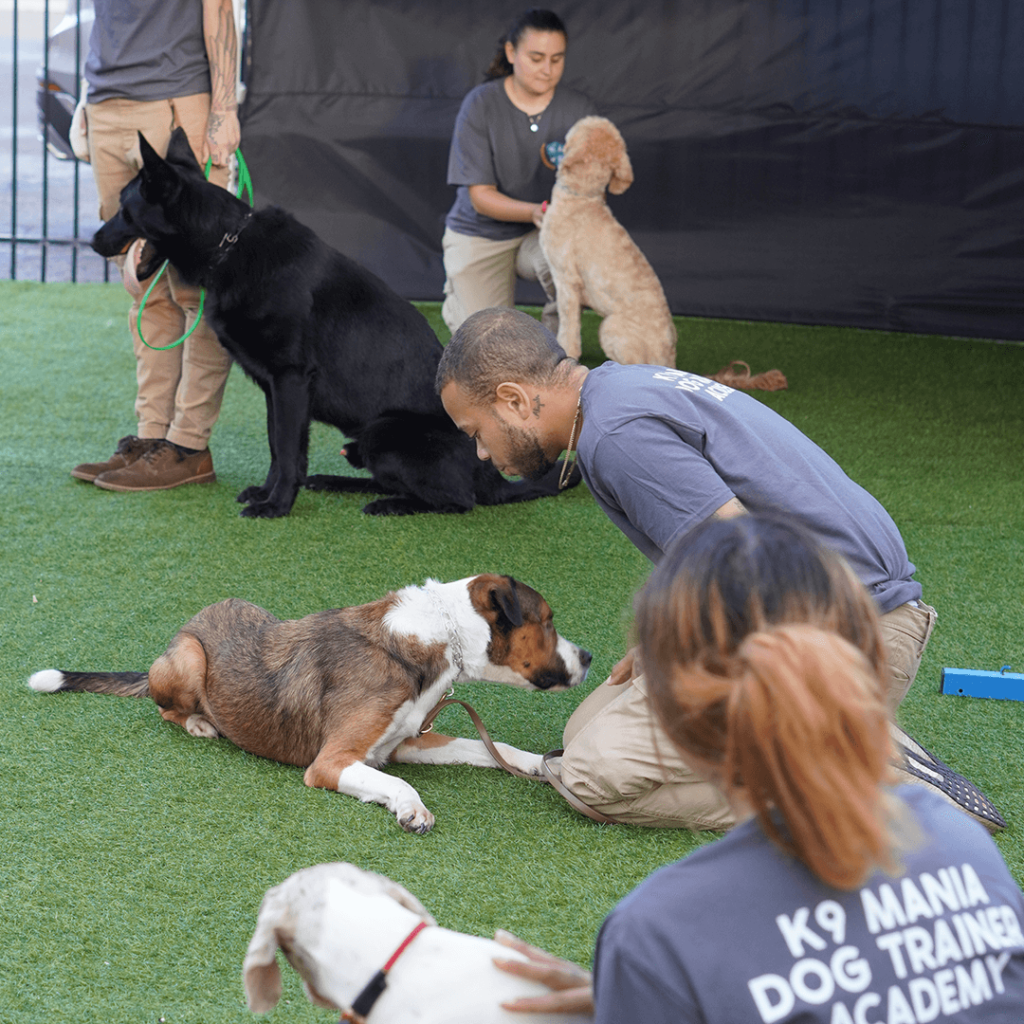
Fun Activities to Build Communication
Engaging in fun activities such as learning tricks and playing together is an excellent way to make dog training more enjoyable and interactive. These activities not only break the monotony of routine training but also enhance communication, helping you understand your dog’s cues and responses better.
Cultivate Canine Communication with K9 Mania
By effectively interpreting and responding to a dog’s language, you not only strengthen your relationship but also lay the foundation for a rewarding career in dog training. At K9 Mania Dog Trainer Academy, you can turn this passion into a fulfilling profession.
By mastering canine communication, you’ll unlock the key to becoming a skilled and sought-after dog trainer. Our tailored resources and expert-led classes are designed to support individuals like you in pursuing your dream profession. Join us today and embark on a fulfilling journey where every moment with dogs becomes an opportunity for growth and success.
Don’t miss out! Join us at K9 Mania Dog Trainer Academy and improve your communication with dogs today.


